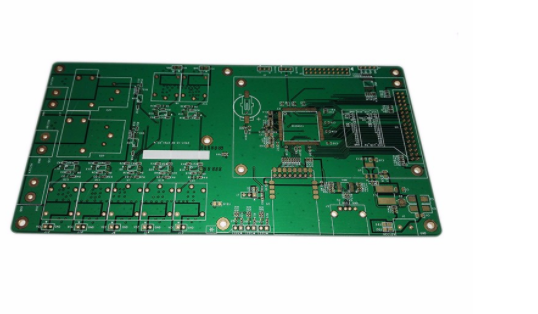Why use porcelain PCB circuit board
The general PCB circuit board is made by bonding copper and base steel plate. Because of the welding stress, organic chemical elements, and the unsuitability of the production process in its production and processing, the base steel plate of the PCB circuit board is very easy to cause different degrees. Bend. Another kind of PCB circuit board base steel plate is porcelain PCB circuit board. In terms of heat dissipation characteristics, power connection ability, insulation, linear expansion coefficient, etc., it is much better than the general glass fiber PCB circuit board. It is used in products such as high-power electronic device modules, aerospace, ordnance electronic devices.
People generally use PCB circuit board adhesives to bond copper pads and base steel plates. Porcelain PCB circuit boards use bonding methods to integrate copper pads and porcelain PCB circuit boards under high temperature environments. The bonding force is strong and the copper pads will not fall off. High reliability, high temperature and high humidity environment can maintain stable characteristics.

The key raw material of porcelain PCB circuit board
1. Aluminum oxide (Al2O3) Aluminum oxide is the most common base steel raw material in porcelain PCB circuit boards. It is reliable in terms of mechanical equipment, thermal and electrical properties to many other metal oxide porcelains in compressive strength and organic chemistry. High performance, rich and colorful sources of raw materials, suitable for a variety of technical production and manufacturing and different shapes. Porcelain PCB circuit boards are divided into 75 porcelain, 96 porcelain and 99.5 porcelain according to the percentage of aluminum oxide. The content of aluminum oxide is not the same, the electrical properties are almost unaffected, but the mechanical properties and thermal conductivity vary greatly. The base steel plate with low purity has many glass phases, and the surface roughness is large. The higher the purity of the base steel, the more shiny, dense and low dielectric loss, but the higher the price.
2. If beryllium oxide (BeO) porcelain PCB circuit boards have higher thermal conductivity than metal aluminum and require high thermal conductivity, they will drop rapidly when the temperature exceeds 300°C, but its toxicity limits its own development.
3. Aluminum Nitride (AlN) Aluminum nitride porcelain is based on aluminum nitride powder as the main crystalline phase porcelain. Compared with alumina ceramic PCB circuit boards, it has high insulation resistance, high insulation withstand voltage and low dielectric constant. Its thermal conductivity is 710 times that of Al2O3, and its coefficient of linear expansion (CTE) almost matches that of silicon wafers, which is very important for semiconductor chips with high power. In the production process of porcelain PCB circuit boards, the thermal conductivity of AlN is greatly affected by the residual oxygen impurity content, which can reduce the oxygen content and significantly increase the thermal conductivity. The thermal conductivity of the current process production level has reached 170W/(m·K) or more.
iPCB is a high-tech manufacturing enterprise focusing on the development and production of high-precision PCBs. iPCB is happy to be your business partner. Our business goal is to become the most professional prototyping PCB manufacturer in the world. Mainly focus on microwave high frequency PCB, high frequency mixed pressure, ultra-high multi-layer IC testing, from 1+ to 6+ HDI, Anylayer HDI, IC Substrate, IC test board, rigid flexible PCB, ordinary multi-layer FR4 PCB, etc. Products are widely used in industry 4.0, communications, industrial control, digital, power, computers, automobiles, medical, aerospace, instrumentation, Internet of Things and other fields.